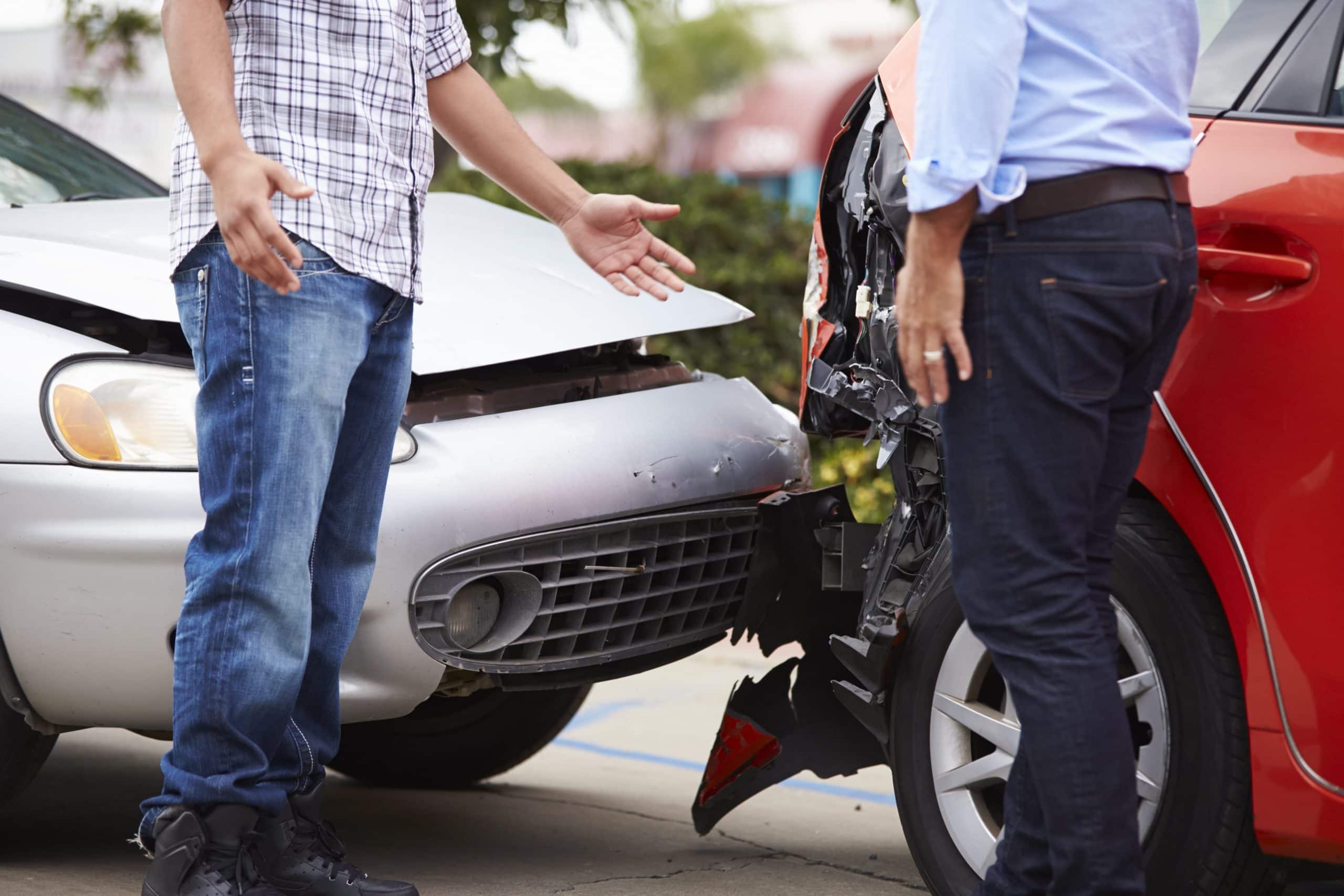Many states operate under what are called “no fault” insurance laws for car accidents, meaning a large number of personal injury and property damage suits related to accidents are resolved without proving fault. California is not one of those states, however, and our courts continue to look to the “at fault” or negligent driver to pay the damages owed to the injured parties. But what if both drivers were negligent in causing a car accident?
Bringing a Counterclaim
In a personal injury lawsuit, an injured victim will bring a claim against the responsible defendant. The victim will be required to prove that the defendant acted negligently (meaning they failed to act like a reasonably prudent person under the circumstances) and that this action or omission foreseeably caused the victim’s injuries.
But if the defendant was also injured, and he believes that the plaintiff’s negligence was responsible for his injuries, he may bring a counterclaim, or, in other words, his own personal injury claim against the plaintiff. The court may offset these amounts or simply order awards be made from each party to the other.
Contributory Negligence
Regardless of whether the defendant was injured or not and thus bringing a counterclaim, a defendant may also argue that the plaintiff victim was negligent in causing that victim’s own injury, and thus any award should be offset by the percentage of the plaintiff’s negligence via the legal concept of contributory negligence. Under California law, a plaintiff may bring a claim against any defendant whose negligence caused the plaintiff’s injuries, even if the defendant played a 1% role in causing the injury and the plaintiff played a 99% role, and the plaintiff’s recovery will be reduced by his or her percentage of fault.
To give an example, let’s say that a plaintiff and a defendant both ran a stop sign and crashed into one another, causing $20,000 in damages to the plaintiff. If a jury determines that the plaintiff was 40% at fault in causing the accident through his own negligence, the $20,000 will be reduced by 40% ($8,000) resulting in an award of $12,000.
Reaching a Fair Settlement in Your Personal Injury Case
Although the above examples all point to a courtroom battle between opposing parties, in most cases, plaintiffs and defendants who were both negligent in causing an accident can come to a reasonable settlement outside of court which incorporates the concepts of counterclaims and contributory negligence.
If you are in an accident, you should contact an experienced personal injury attorney in your jurisdiction as quickly as possible to begin investigating the circumstances surrounding your accident and avoid making any admissions of liability or signing any documents which might waive or restrict your rights to bring a suit for your full damages at a later point. Your car accident attorney will assess the evidence to determine the relative apportionment of fault as well as your injuries in order to come up with a damages amount, and will negotiate with the defendants, their counsel, and/or insurers to reach a settlement which provides the maximum financial recovery available to you under the law.
Work with Proven Leaders in Personal Injury in the Inland Empire
The complex litigation attorneys at McCune Wright Arevalo, LLP have won over $1 billion in verdicts and settlements on behalf of individuals and their families across the Inland Empire and beyond. If you have been injured in an accident due to the wrongdoing of another, contact one of our personal injury attorneys today to discuss how we can be of assistance to you in bringing your case.
